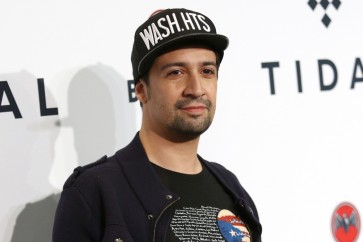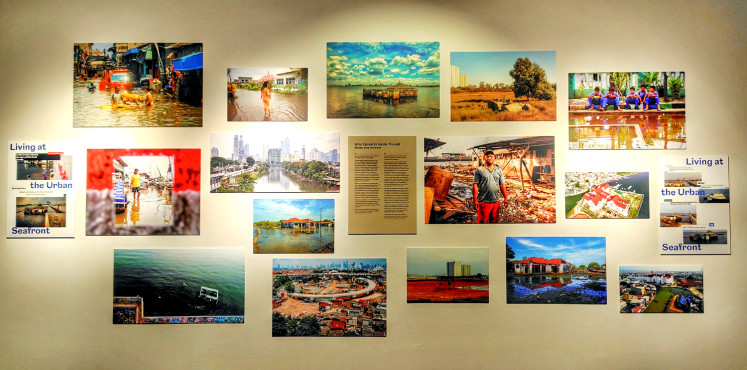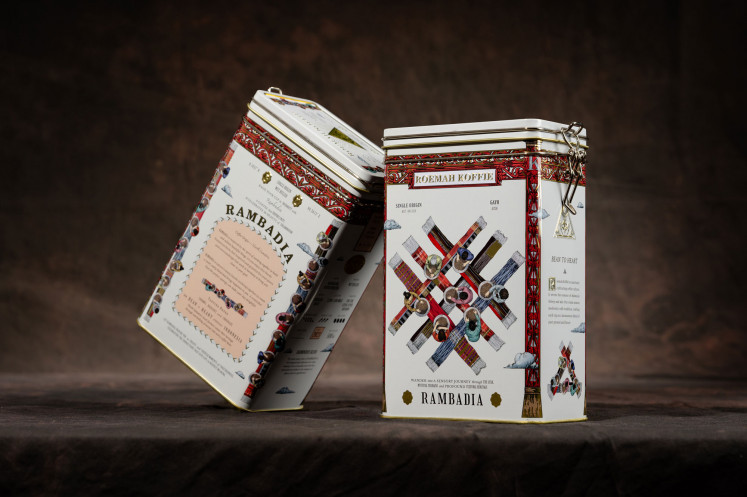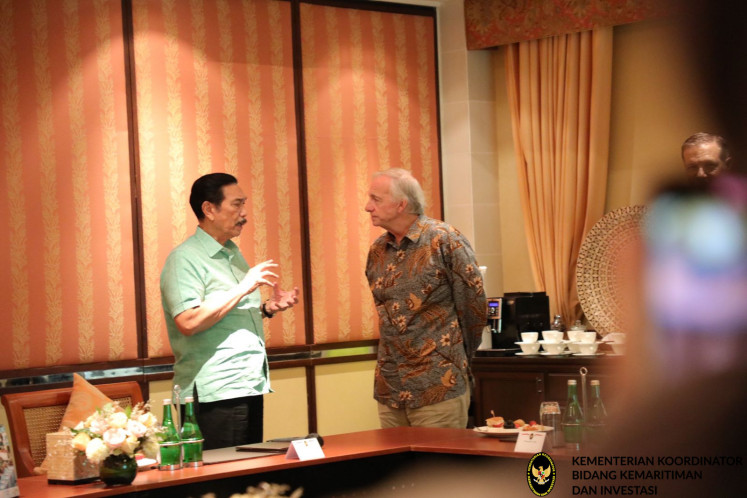Flume, Australia's electronic sensation
Flume is perhaps the most famous Australian electronic music export since either the The Presets or Cut Copy in the 2000s.
Change text size
Gift Premium Articles
to Anyone
 Flume is perhaps the most famous Australian electronic music export since either the The Presets or Cut Copy in the 2000s. (Facebook/@flumemusic/Patrick @HOBOGESTAPO)
Flume is perhaps the most famous Australian electronic music export since either the The Presets or Cut Copy in the 2000s. (Facebook/@flumemusic/Patrick @HOBOGESTAPO)
W
hile The Presets and Cut Copy were global mainstays in the mid-2000s rave scene, Flume comes in an era where hip-hop and bass-filled music dominate the zeitgeist — and the DJ snuggles right into it.
Twenty-six-year-old Sydneysider Harley Edward Streten, the man behind Flume, has spent the last five years creating a legacy for himself and for Australian electronic music. He is driven to create music inspired by the artists he loves.
Streten’s first step into music production started out with, of all things, a cereal box. When he was in his pre-teens, a box of Kellogg’s Nutri-Grain cereal included a CD that featured low-end music production software, complete with looping features. From there, he began to experiment in making his own tracks.
He also credits his interest in music production to his love for gaming. As an avid gamer with an “internet café” in his home in Sydney, he sought out the appropriate music software after getting hooked on a music-making game.
“I got into making music after playing Music Maker 2000 on the Playstation One. One day, I asked my local games dealer if they had any other similar music-making games like that and because the guy there happened to make music himself, he gave me a DVD of cracked production software such as FruityLoops, Cubase, Reason and all,” he recalled in an interview during his recent visit to Jakarta for the Djakarta Warehouse Project, the largest annual music festival in Asia.
“I guess it did all start from me playing games, or from eating cereal,” Streten joked.
Soon, he began his path into music superstardom. In 2012, Streten released his debut album under the moniker Flume, which was taken from a Bon Iver song. The self-titled album eventually gained traction in his native Australia and elevated him to fame in the span of one year.
The positive response to the album led to collaborations with some of his favorite musicians, such as rappers Freddie Gibbs and Killer Mike, as well as fellow Australian wunderkind Nick Murphy (formerly known as Chet Faker).
His success skyrocketed even further with numerous ARIA Award wins as well as a Grammy for Best Electronic Album for his 2016 sophomore album Skin. The album cover for Skin was built around very warm colors of purple and pink, combined with futuristic, 3-D images of flowers. Created by Australian designer Jonathan Zawada, the album artwork resonated well with Streten due to the fact that his mother is a professional horticulturist.
“I grew up with scientific drawings of flowers posted around the house and I always thought they were beautiful. It’s given me a strong visual imagery,” he said.
A ubiquitous presence in Flume’s visual and sonic imagery is a trademark shade of purple. This deep shade of purple is present in the album layouts of both his self-titled album and on Skin. Flume’s live performances also utilize this color with dazzling effect in his lighting and visual set ups. Streten offers no deep explanation over this use of purple other than the fact that he “likes it. A lot.”
“I’m just drawn to the color, I guess. The [Flume] album cover just went in that direction when I made it, because I just lean towards warmer colors,” he added.
His DJ set at the recently concluded Djakarta Warehouse Project was a trove of bass-heavy tracks from both his albums as well as from other artists within his sound: Tracks by Hudson Mohawke, Chance the Rapper, Kanye West and TNGHT were peppered alongside notable Flume favorites “Sleepless,” “On Top” and “Never Be Like You,” as well as his notable remixes of tracks by Disclosure and Lorde.
Music-wise, Flume’s tracks range from party starters to emotional beats to ambient soundscapes as per his intention to create as wide a range as possible of emotions and sounds in his music.
Streten, who listens to a variety of genres, said he also wanted to create cerebral moments.
“[…] at least with Skin I tried to have some ambient moments where there were no drums, as well as hard-hitting tracks,” Streten said.
Now a Grammy-winning artist, Flume continues to sell out shows around the world and plays at the world’s biggest music events. He was frequently referred to as “the future of Australian electronic music” in the years after his breakout.
On top of all that praise, Streten feels that the most important thing for him to do as an artist is to carve his own legacy and shape his own unique sound in order to stand the test of time.
“In the end, it’s just trying to find sounds and ways to make your music different. Having your own way of doing things helps out a lot, because it can help you carve out your own name.”









